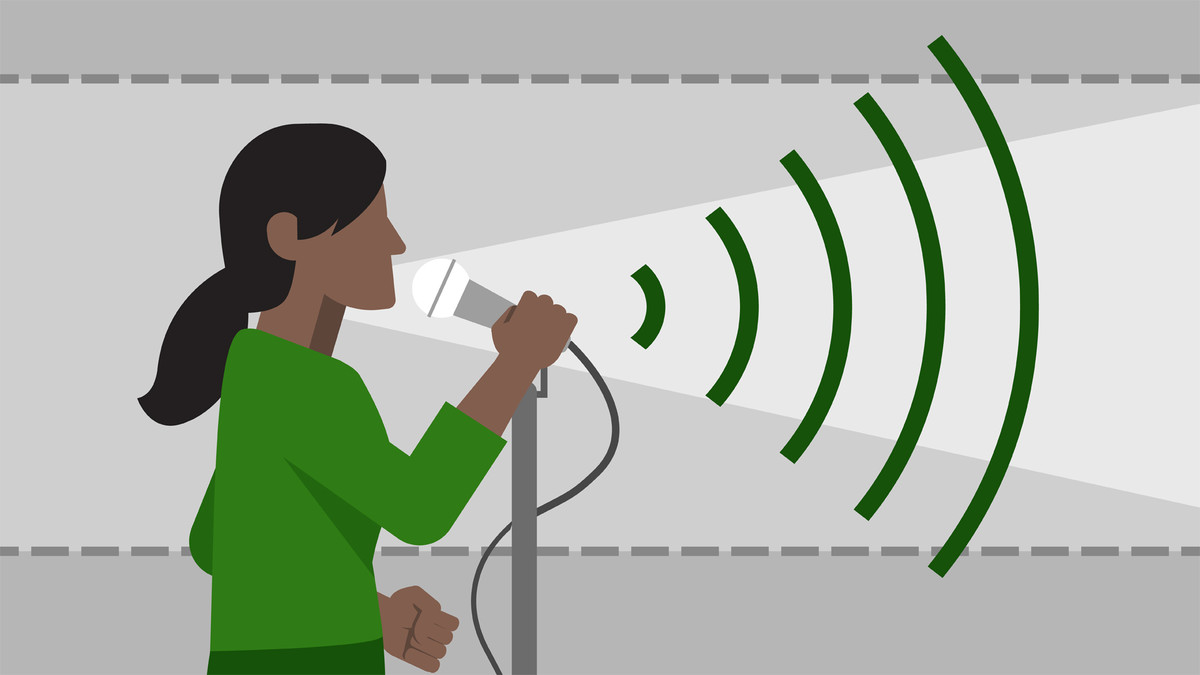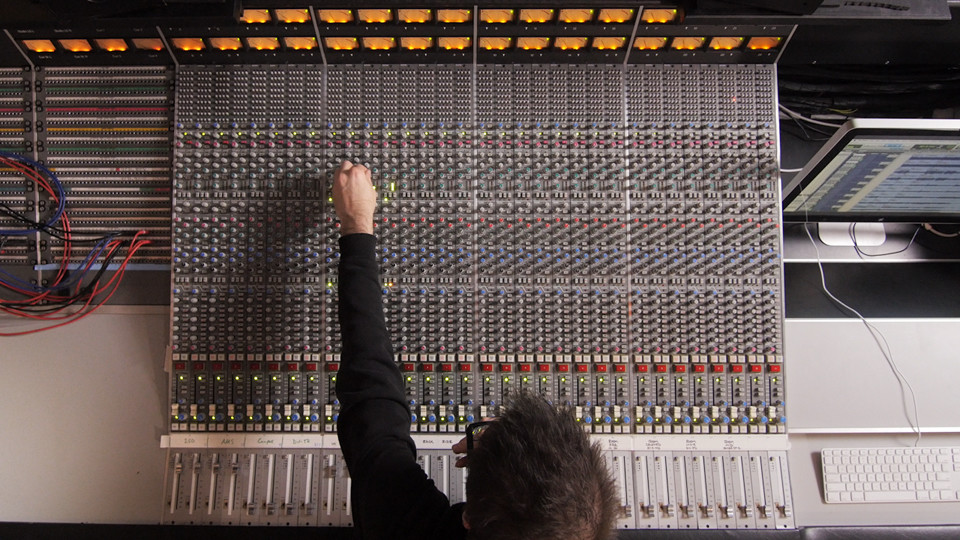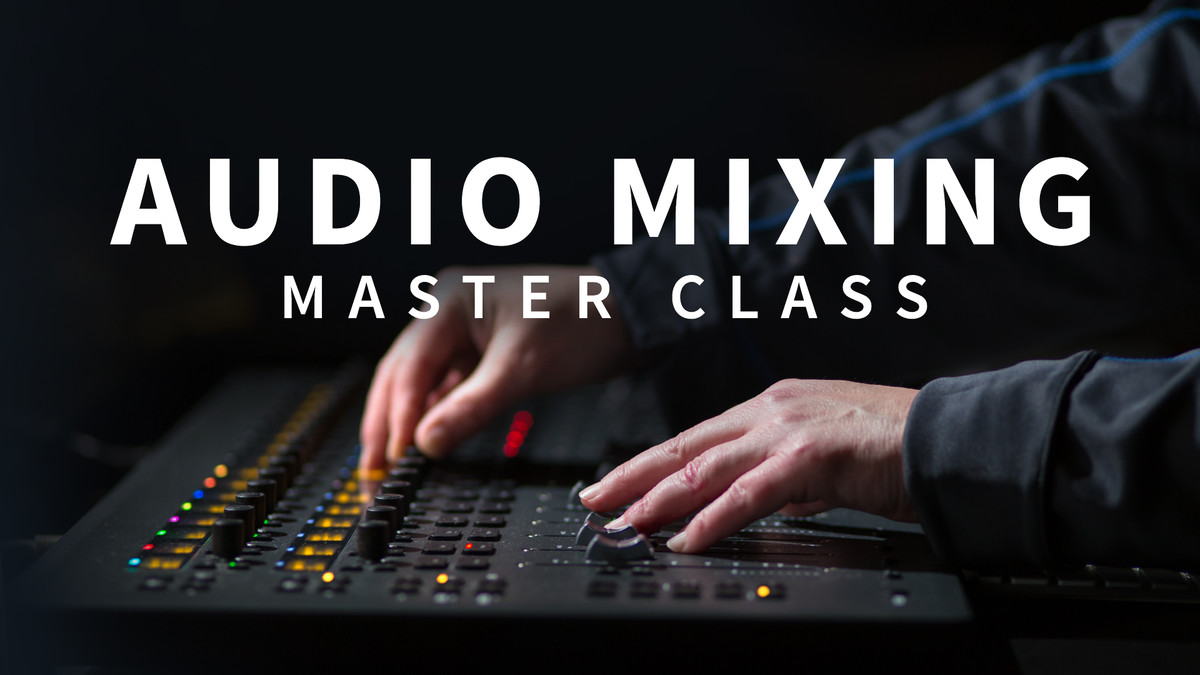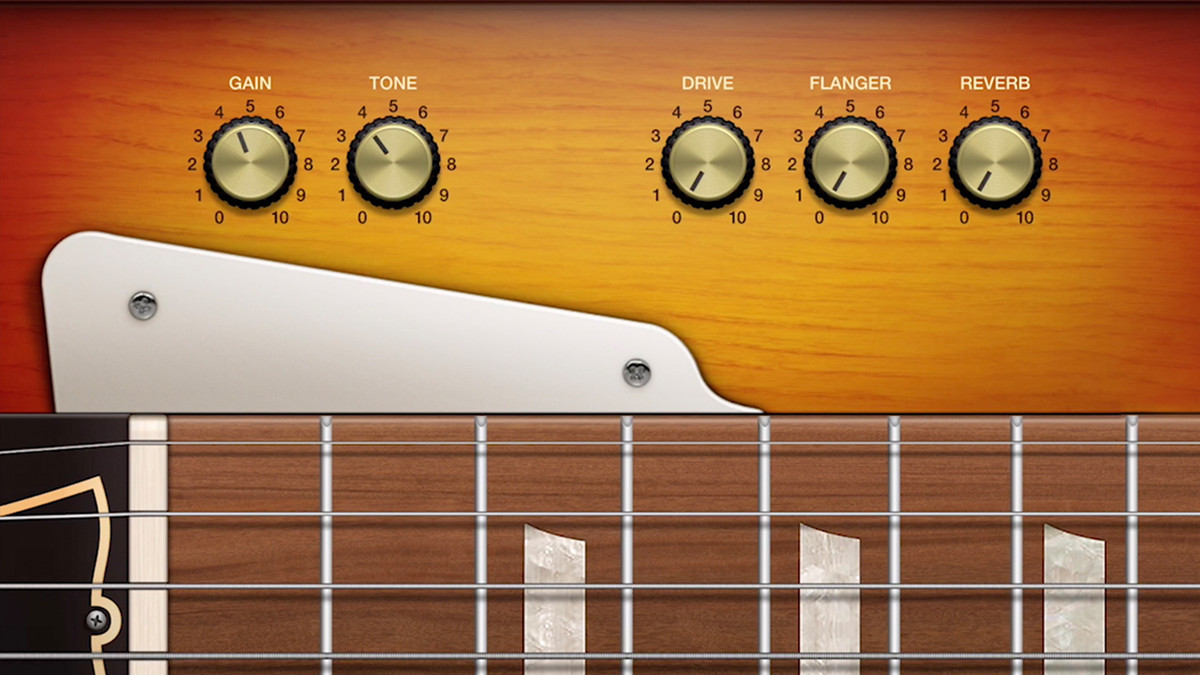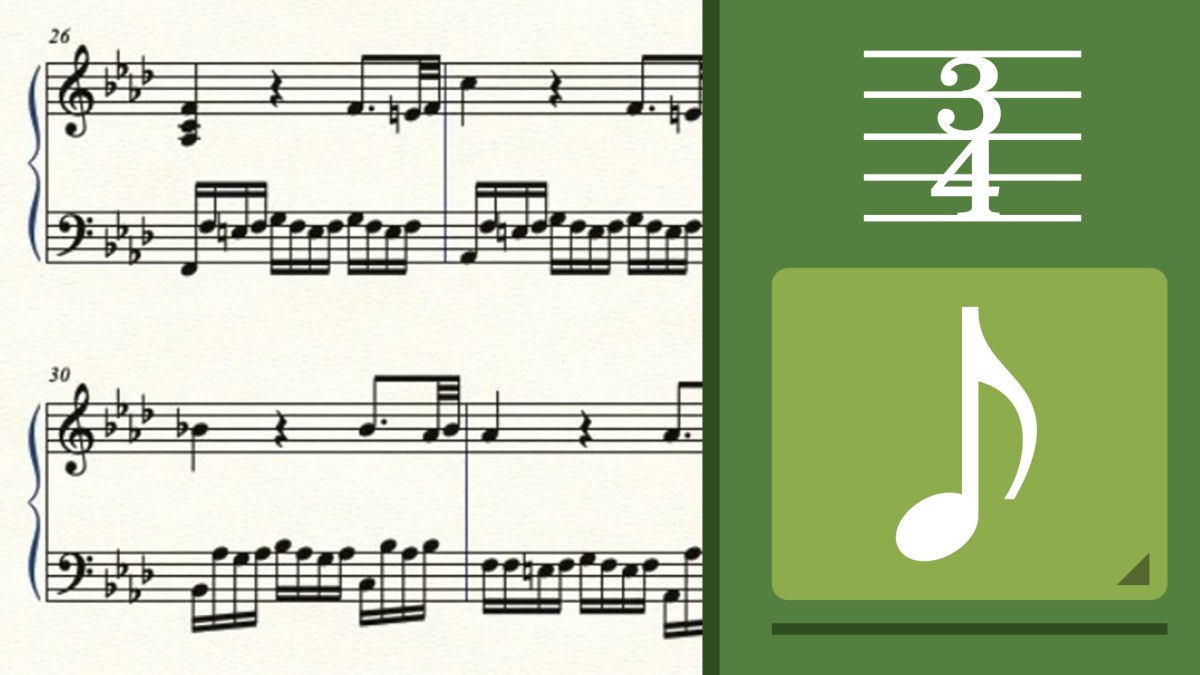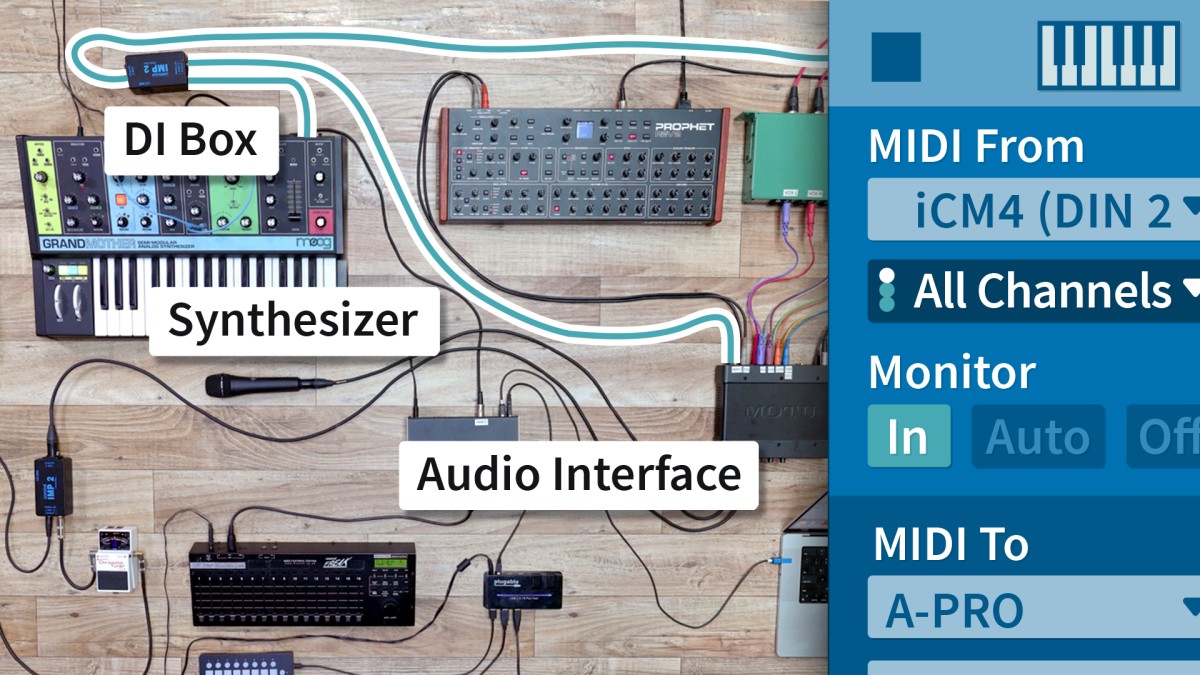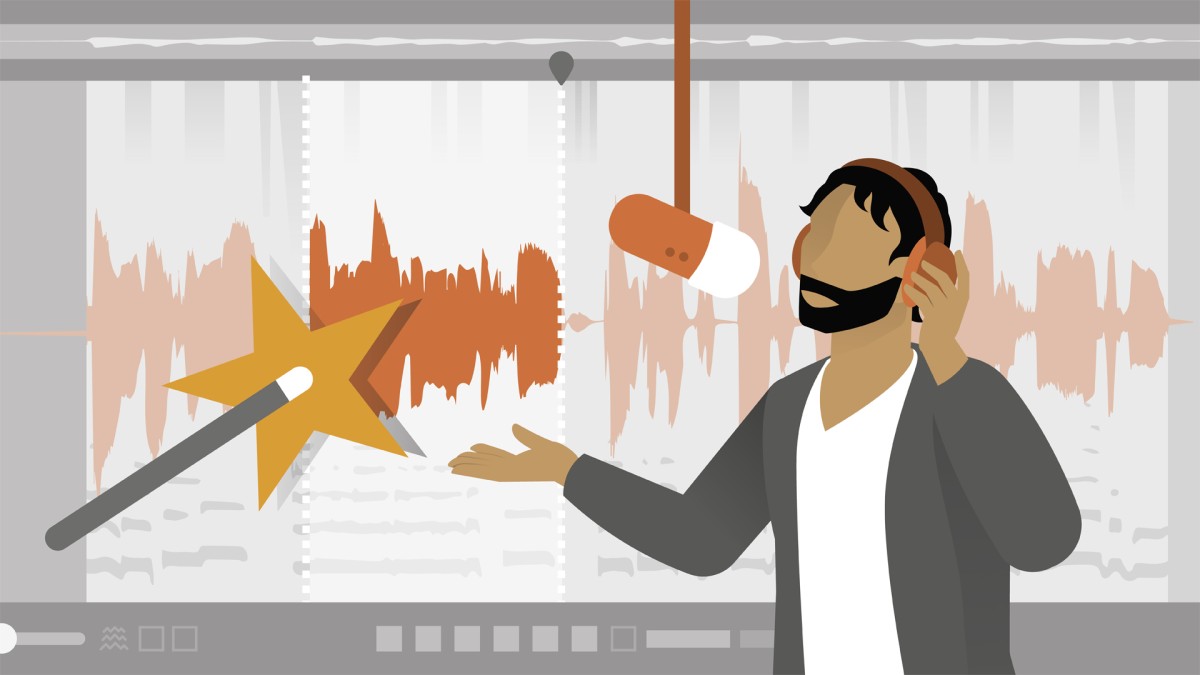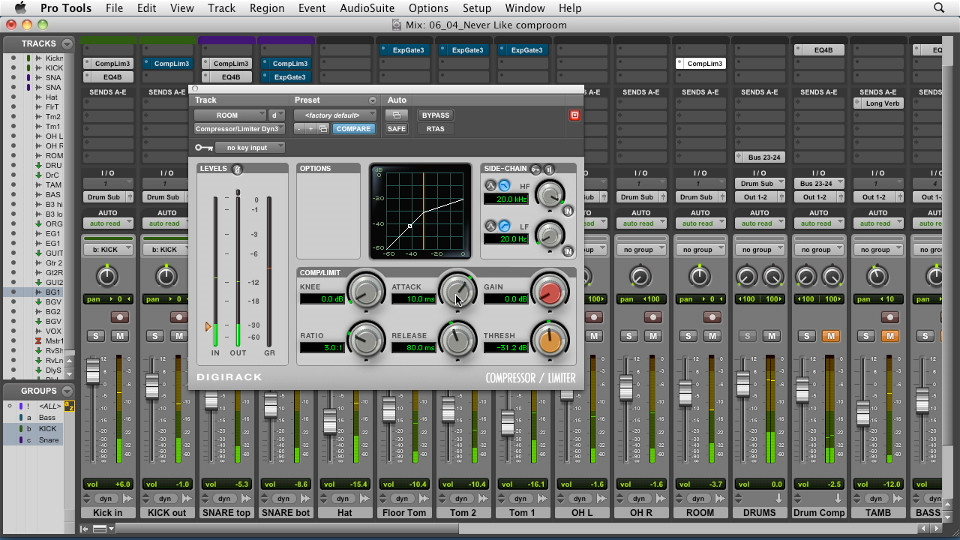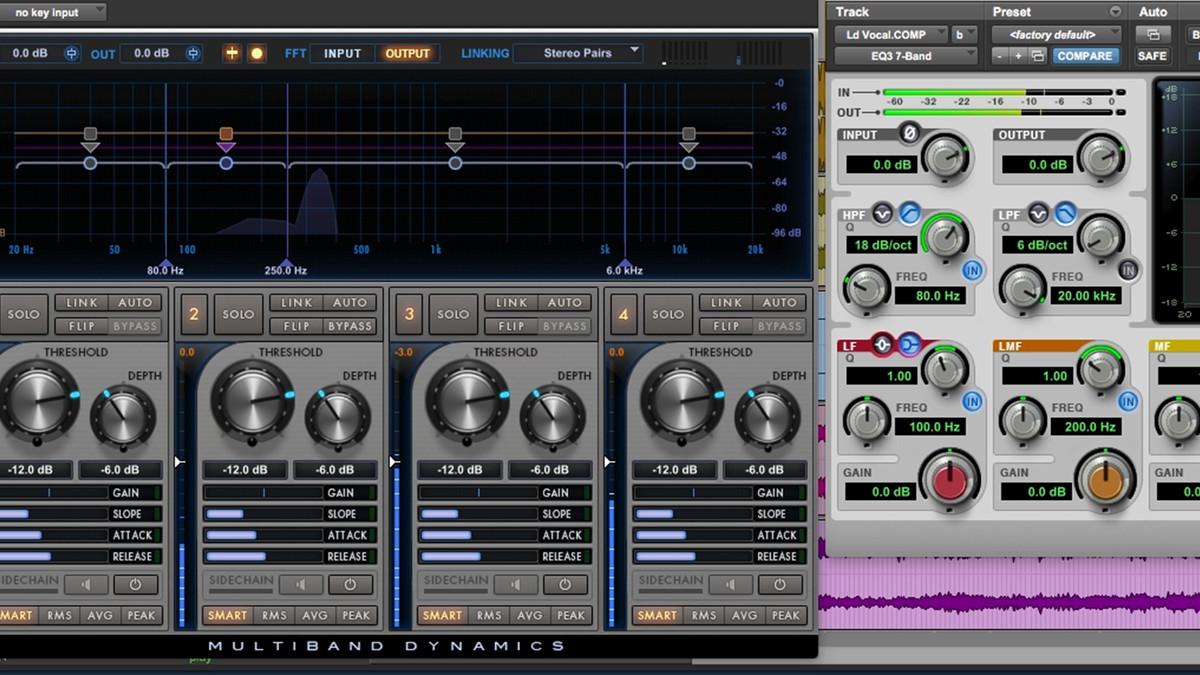1. Improving Your Listening Environment
Determining the listening position
()
Fixing acoustic problems
()
Setting up your monitors
()
2. Prepping Your Mix
Setting up your session
()
Setting up your subgroups
()
Setting up your effects
()
3. Learning the Basics of Mixing
Developing the groove
()
Emphasizing the most important elements
()
Knowing what to avoid
()
4. Building Your Mix
Learning the principles of building a mix
()
Assigning the drums to a subgroup
()
Building the mix from the kick
()
Building the mix from the snare
()
Building the mix from the toms
()
Building the mix from the overhead mics
()
Checking the drum phase
()
Balancing direct and miked bass channels
()
Building the mix from the bass
()
Building the mix from the vocals
()
Balancing the rhythm section
()
Balancing the rest of the instruments with the rhythm section
()
Making a mix without building it
()
Balancing the harmony vocals
()
5. Panning
Looking at the three main panning areas
()
Panning the drums
()
Avoiding pseudo-stereo
()
6. Exploring Compression
Understanding compressor parameters
()
Setting up the compressor
()
Compressing the drums
()
Compressing the room mics
()
Compressing the bass
()
Using the New York compression trick
()
Compressing the clean electric guitars
()
Compressing the distorted electric guitars
()
Compressing the acoustic guitars
()
Compressing the piano
()
Compressing the electric keyboards
()
Compressing the vocals
()
Compressing the horns
()
7. Using Noise Gates and De-Essers
Learning noise gate basics
()
Using the noise gate on guitars
()
Using the noise gate on drums
()
Learning de-esser basics
()
Using the de-esser on vocals
()
8. Learning About EQ
Understanding equalizer parameters
()
Learning subtractive equalization
()
Learning frequency juggling
()
Using the magic high-pass filter
()
Learning the principles of equalization
()
9. Applying EQ to the Rhythm Section
Equalizing the kick
()
Equalizing the snare
()
Equalizing the rack toms
()
Equalizing the floor tom
()
Equalizing the hi-hat
()
Equalizing the cymbal or the overhead mics
()
Equalizing the room mics
()
Equalizing the bass
()
Editing the bass rhythm
()
Equalizing the rhythm section
()
10. Applying EQ to the Instruments
Equalizing the electric guitar
()
Equalizing the acoustic guitar
()
Equalizing the hand percussion
()
Equalizing the lead vocals
()
Equalizing the background vocals
()
Equalizing the piano
()
Equalizing the organ
()
Equalizing the strings
()
Equalizing the horns
()
11. Understanding Reverb
Learning the principles of reverb
()
Understanding reverb parameters
()
Timing the reverb to the track
()
Equalizing the reverb
()
Using the two-reverb quick setup
()
Using the three-reverb setup
()
12. Adding Reverb
Adding reverb to the drums
()
Adding reverb to the vocals
()
Adding reverb to the guitars
()
Adding reverb to the piano
()
Adding reverb to the organ
()
Adding reverb to the strings
()
Adding reverb to the horns
()
Adding reverb to the percussion
()
Using reverb to layer the mix
()
13. Adding Delay
Learning delay principles
()
Understanding delay parameters
()
Timing the delay to the track
()
Using delay timing variations
()
Equalizing the delay
()
Understanding the Haas effect
()
Using the three-delay setup
()
Adding delay to the vocals
()
Using delay to layer the mix
()
14. Adding Modulation Effects
Understanding the types of modulation
()
Understanding modulation parameters
()
Modulating the guitars
()
Modulating the keyboards
()
Modulating the vocals
()
Modulating the strings
()
15. The Final Mix
Mixing with subgroups
()
Using mix buss compression
()
Understanding the evils of hypercompression
()
Ex_Files_AMBootcamp.zip
(2.3 GB)
